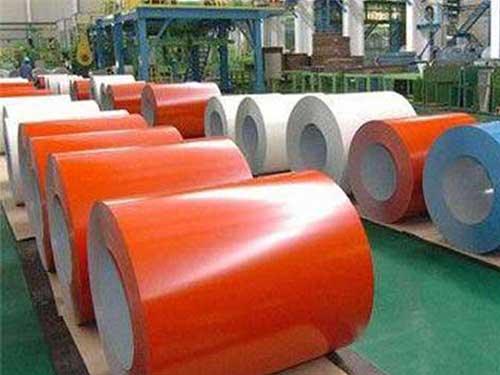5005 anodized aluminum coil
The world of construction and manufacturing consistently demands materials that boast strength, durability, and aesthetic appeal. Among the array of options available in the market, the 5005 anodized aluminum coil distinguishes itself with unique properties and a range of functional applications.
What is 5005 Anodized Aluminum Coil?
5005 anodized aluminum coil is primarily composed of aluminum alloy 5005, which contains magnesium as its principal alloying element. This alloy's distinguishing mark is its excellent corrosion-resistance and electrical conductivity; however, when coated with layers through anodization, these qualities are further amplified.
Composition and Properties
The fundamental parameters of the 5005 alloy are delineated in its material specification; with magnesium as its prominent constituent combined with copper, iron, silicon, and other trace elements. The specific chemical properties of 5005 anodized aluminum coil can broaden its scope beyond conventional applications, establishing its significance within industries requiring tailored substrate solutions (see Table 1).
Table 1: Chemical Composition of 5005 Alloy
| Element | Percentage (Weight %) |
|---|---|
| Aluminum | 95.4-97.7 |
| Magnesium | 0.5-1.5 |
| Silicone | ≤ 0.25 |
| Iron | ≤ 0.2 |
| Copper | ≤ 0.3 |
| Zinc | ≤ 0.1 |
Application Influences: Anodization Transformations
Anodization involves the electrochemical oxidizing of the aluminum's surface, providing multiple benefits. The anodized layer enhances wear resistance, surface hardness improves, and ultimately influences its visual aesthetics while instilling unique color uniformity.
Enhanced Corrosion Resistance: While 5005 alloy naturally offers corrosion resistance, anodization introduces an alloy-black or similar colored finish making it ideal for marine and moderate chemical exposure. usages include architectural elements such as window frames, signages, and curtain walls.
Electrically Conducive: High electrical conductivity, combined with insulating properties achieved through anodization avoids conductive set-back, making it imperative to electronics and lighting harnesses that call for anodized conductors.
Surface Finish and Lightness: Working with 5005 anodized aluminum is weight-efficient compared to other azure metals; applications extend from vehicular parts, where reducing heft while fortifying integrity boosts fuel efficiency, to modern artwork installations leveraging its vibrant hues.
Ease of Working: Aluminum can be produced to thinsheets which usually reduces the 'flexure' during fabrication, yielding precise tolerances desirable in components ranging from offshore platforms to automotive detailing.
Industry Standards and Assurance
When utilising 5005 anodized aluminum coil, compliance with international standards is essential to guarantee safety and quality. Common representation entails meeting norms such as:
| Parameter | Relevant Standard | Description |
|---|---|---|
| Alloy Requirements | ASTM B209 | Specifications for aluminum and aluminum alloy sheets and plates |
| Anodizing Quality | MIL-A-8625F | Anodic coating processes considerations |
| General Durability | ASTM B117 | Salt spray testing indicative of corrosion resistance |
Alloy Temperatures: The Warmth of Strength
With 5005 an aluminum temper commonly suitable of (H34/H36) alloy status, we summarize:
H34: Strain-hardened and partially solution treated, offering enhanced tensile strength without profound annealling.
H36: Strain-hardened temper, giving overall rigidity needed for toll sheeting in bridgeworks or similar uses where stress levels pan out.
The defining extent of these metallic shifts cultivates both precision while maintaining metallic strength and longevity in chronic wear conditions.


